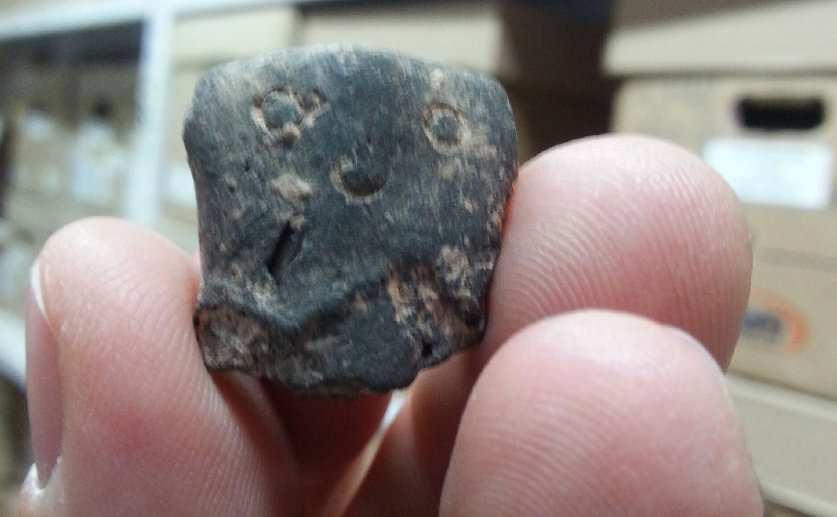
Prehistoric cave men are thought of as club-wielding brutes who roast animals on logs, but the latest findings about pre-historic man suggests that he loved beans, fava beans in particular. Does this mean the world’s oldest ful and hummous actually comes from modern-day Israel?
Jokes aside, the findings are significant because they give us a better understanding of how the agriculture revolution, which started in the Near East region of Israel, Jordan and Egypt, came about and spread to the rest of the world.
Fava beans, or ful in Arabic and Hebrew are a much loved part of the hummous breakfast eaten in the Middle East, but people thousands of years ago loved them too!
The joint study by researchers of the Weizmann Institute and the Israel Antiquities Authority, examined the fava seeds exposed in archaeological excavations in recent years at Neolithic caves and sites in the Galilee region of Israel.
A plate of hummous with ful
Ancient man loved hummous too the researchers showed: Seeds found at the prehistoric sites show that the inhabitants’ diet at that time consisted mainly of fava beans, lentils, peas and chickpeas. Not meat or bread.
The multitude of fava seeds (pictured above in rock) found at the Neolithic sites excavated in the Galilee during the past few years indicates the preference placed on growing fava beans. The dating of the seeds, which was done at the Kimmel Center in the Weizmann Institute, indicated a range of dates between 9,890 to 10,160 years ago.
These well-preserved seeds were found in excavations, inside storage pits (granaries) after they had been husked. The seeds’ dimensions are a uniform size–a datum showing they were methodically cultivated, and were harvested at the same period of time, when the legumes had ripened.
According to the researchers, keeping the seeds in storage pits is also reflective of long-term agricultural planning, whereby the stored seeds were intended not only for food, but also to ensure future crops in the coming years.
The researchers added, “The identification of the places where plant species that are today an integral part of our diet were first domesticated is of great significance to research. Despite the importance of cereals in nutrition that continues to this day, it seems that in the region we examined (west of the Jordan River), it was the legumes, full of flavor and protein, which were actually the first species to be domesticated.
“A phenomenon known as the agricultural revolution took place throughout the region at this time: different species of animals and plants were domesticated across the Levant, and it is now clear that the area that is today the Galilee was the main producer of legumes in prehistoric times.
“This is a process that lasted thousands of years, during which certain characteristics of wild species changed, and domesticated plant species were created. To this day, most of the chickpeas grown in the country are cultivated in the Galilee region.”
These are chickpeas that Israelis enjoy, mainly as a hummous dip, spread or as a bowl they dig into for breakfast.




